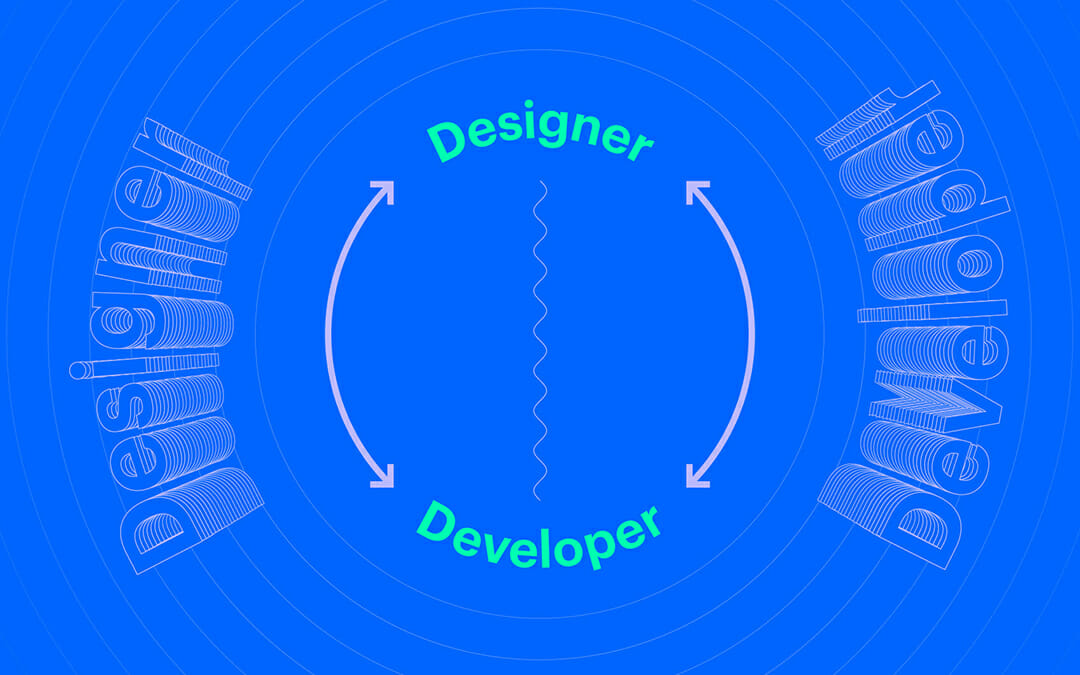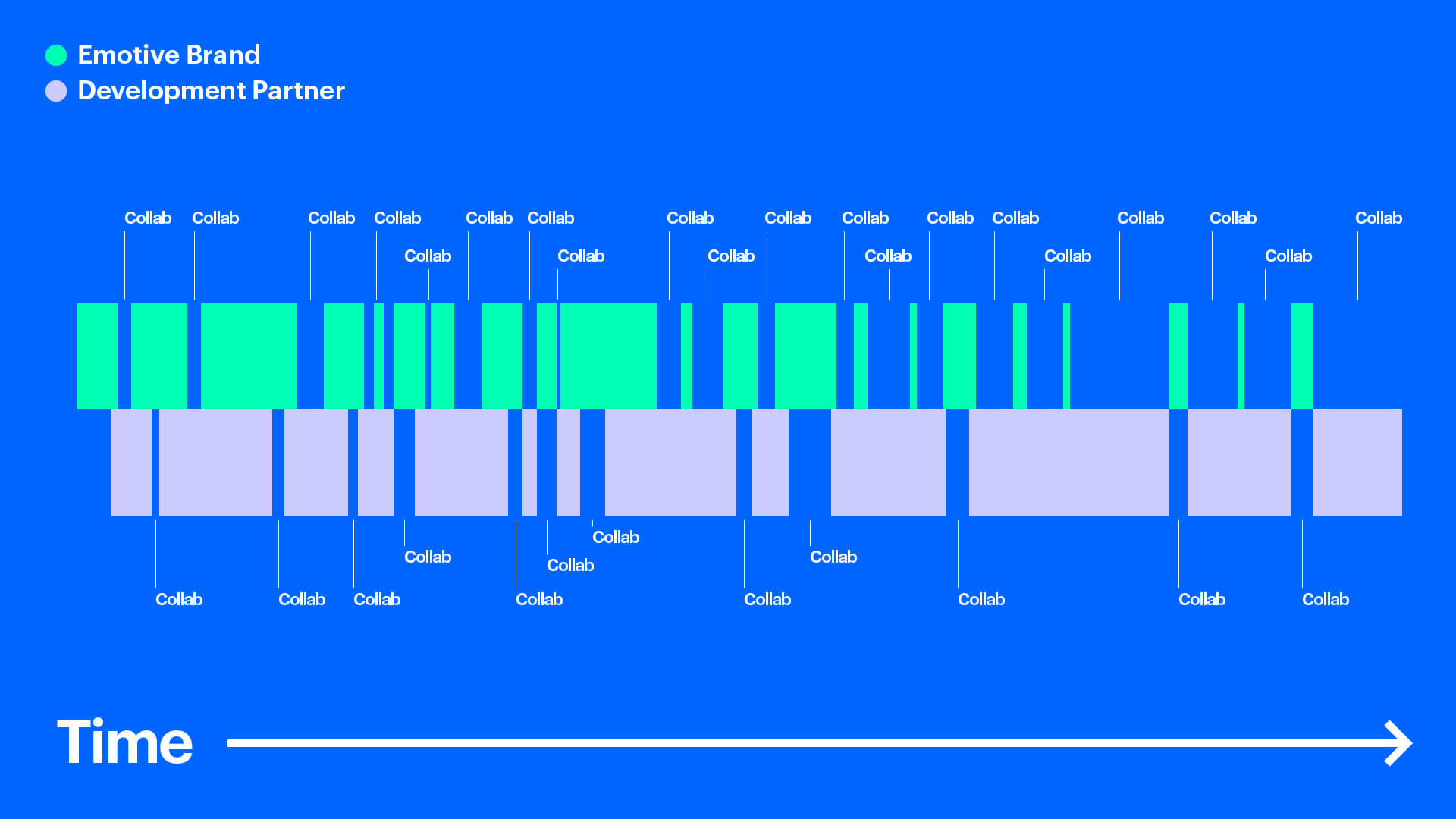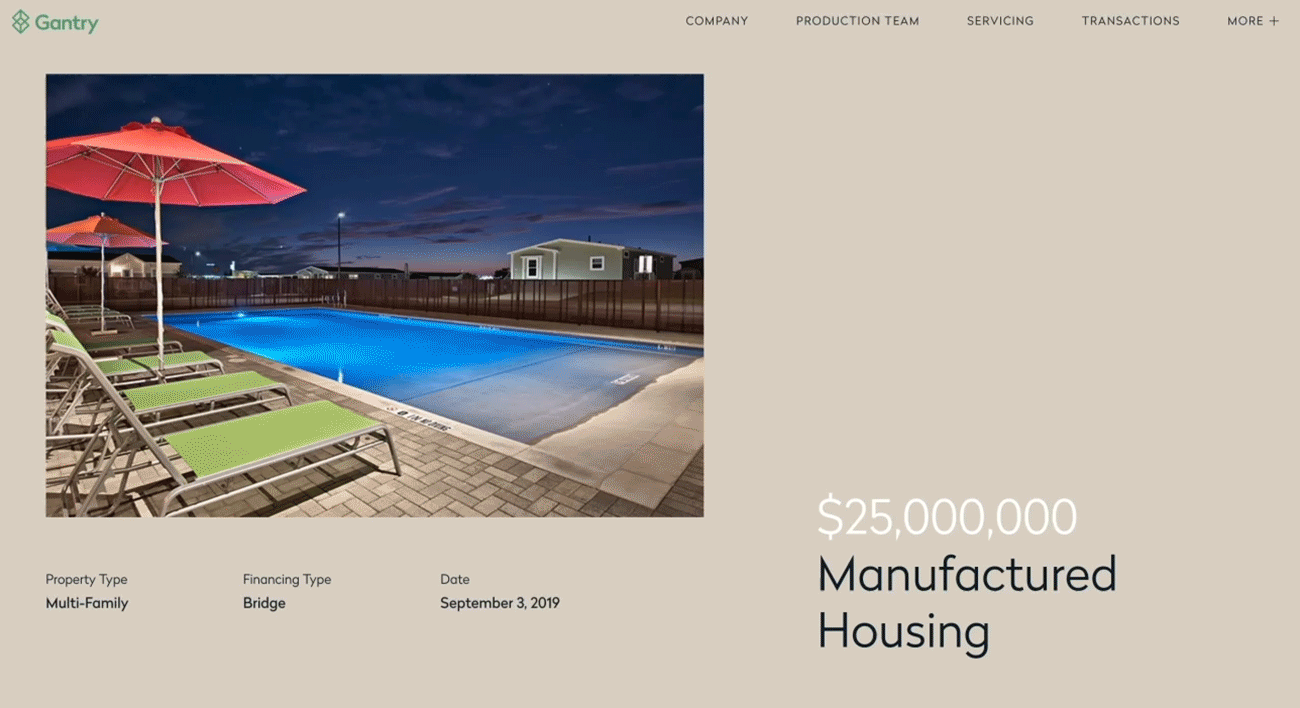Room for Digital Transformation for Health Care Brands
You’ve probably had a friend tell you about her amazing physician. But did you ever hear anyone brag about their health insurer? Unlikely.
Overall, individuals are pretty happy about the quality of care. What they complain about is customer service. According to the Advisory Board, the top patient complaints include: communication (53%), long wait times (35%), medical practice staff (12%), and billing (2%).
Fortunately, powerful organizations—companies who see shortcomings in today’s system—recognize the room for improvement. The triumvirate of Amazon, Berkshire Hathaway, and JPMorgan Chase say they want to disrupt healthcare and we all eagerly await their solution.
Of course, the existing system operates at a disadvantage to the growing cohort of startups. These companies have no legacy technology baggage and are digital-first. Fitbit, Apple, and Omada Health offer individuals new ways to manage their overall fitness and health. Others focus on corporations and companies—the major healthcare payers – that watch the costs of care for their employees rise exponentially. For example, Collective Health helps self-insured companies manage their healthcare investment and support operations. Another, Lyra, helps companies and their employees connect directly to mental health providers.
Don’t Wait Around for Transformation, Start Strengthening Your Brand Now
Not all health care companies have the luxury of starting with an all digital approach. In fact, the biggest, most important players don’t. It’s why traditional healthcare providers, insurance companies, hospitals, and clinics are all in the midst of a digital transformation. This doesn’t mean, though, that they—or you—should wait until after a transformation is complete before you start making changes to your brand.
Take the opportunity to strengthen your brand so your customers are still there when you make that transformation a reality. Here’s how.
1. Make the Process Feel Good
A great place to start when looking to build a better process is to think about how you want to make people feel. Maybe your customers now feel frustrated? Unconfident? Even anxious? How can you make them feel optimistic? Even calm and confident?
The midst of a transition is the perfect time to start thinking about this. Focus on building a more frictionless process and making quick changes across the board that make for a more positive experience.
Ask questions like: How can we make it easier for customers to access the information they need? How can we better understand how they can prevent illness? Get in touch with a doctor or nurse when they need? Or even pay a bill more quickly and easily? Can we communicate with less complicated, more human language? Can we better train our people to act with empathy and patience?
It’s these small changes that will help build the frictionless experience people now demand from the brands they pledge loyalty to. And making the experience feel good can sustain your brand and ensure you keep your customers while you’re in the midst of a digital transformation. They’ll be committed to you, and delighted when you do transform.
2. Behave Consistently
It’s great when a health care brand says they “care about their patients”. But when a customer calls and has to go through multitudes of layers just to get a terse answer to their question and can’t even understand the coverage they signed up for months before, the brand loses credibility.
So while you’re in this transition, ask yourself what promises you make your customers. Are you living up to those? How can you better behave at every touchpoint? How can you really act like you care?
People don’t want the health care brands they buy into to be unpredictable. And businesses in the middle of change tend to let all rules go to the wayside. Just because you’re in the middle of digital disruption, doesn’t mean you don’t need guidelines for the present. Behave in line with your core values and make sure your behavior at every touchpoint lives up to what you promise the people you want by your side when you do transform.
3. Employees – Activate Small Wins
As your company invests in cutting-edge technology, dedicates time and resources to innovation, and prepares itself for a digital transformation, it’s integral that employees know and understand what’s important right now.
Leaving employees behind for a future state that is yet to come is one of the biggest mistakes you can make. When you are clear and transparent with employees about what they should be focusing in on and why, they can activate small wins.
It’s easy to think that change comes in one fell swoop. But small, incremental changes can make worlds of difference—especially in struggling industries with low trust, low convenience, and low brand loyalty. Employees are the people who are going to build that trust, leverage that convenience, and help build loyalty. Look to them and communicate with them about what matters.
There’s Always Need for Improvement
Health care is ripe for disruption because people want something more. Whether it’s a frictionless experience, a more empathetic brand, or a clearer and easier way forward, you can start delivering people what they want while you’re in the midst of a digital transformation. Ask yourself what should happen while you wait. What can you do to make improvements today?
Consider how you can better behave, better connect, and better build meaning with the people most important to your business. And dedicate time, energy, and resources to making those changes. Small changes can bring big rewards. By focusing on what you can change now, you’ll be more ready for digital disruption later—with a better process, a better way of communication, a better strategy, and better people behind you.
If you need help creating and implementing strategic change, please reach out.
Other posts you may enjoy on the subject are Digital Health: A Future With Millennials, and Why Digital Health Brands Need a B2B2C Strategy
Emotive Brand is a brand strategy and design agency in Oakland, California.
















